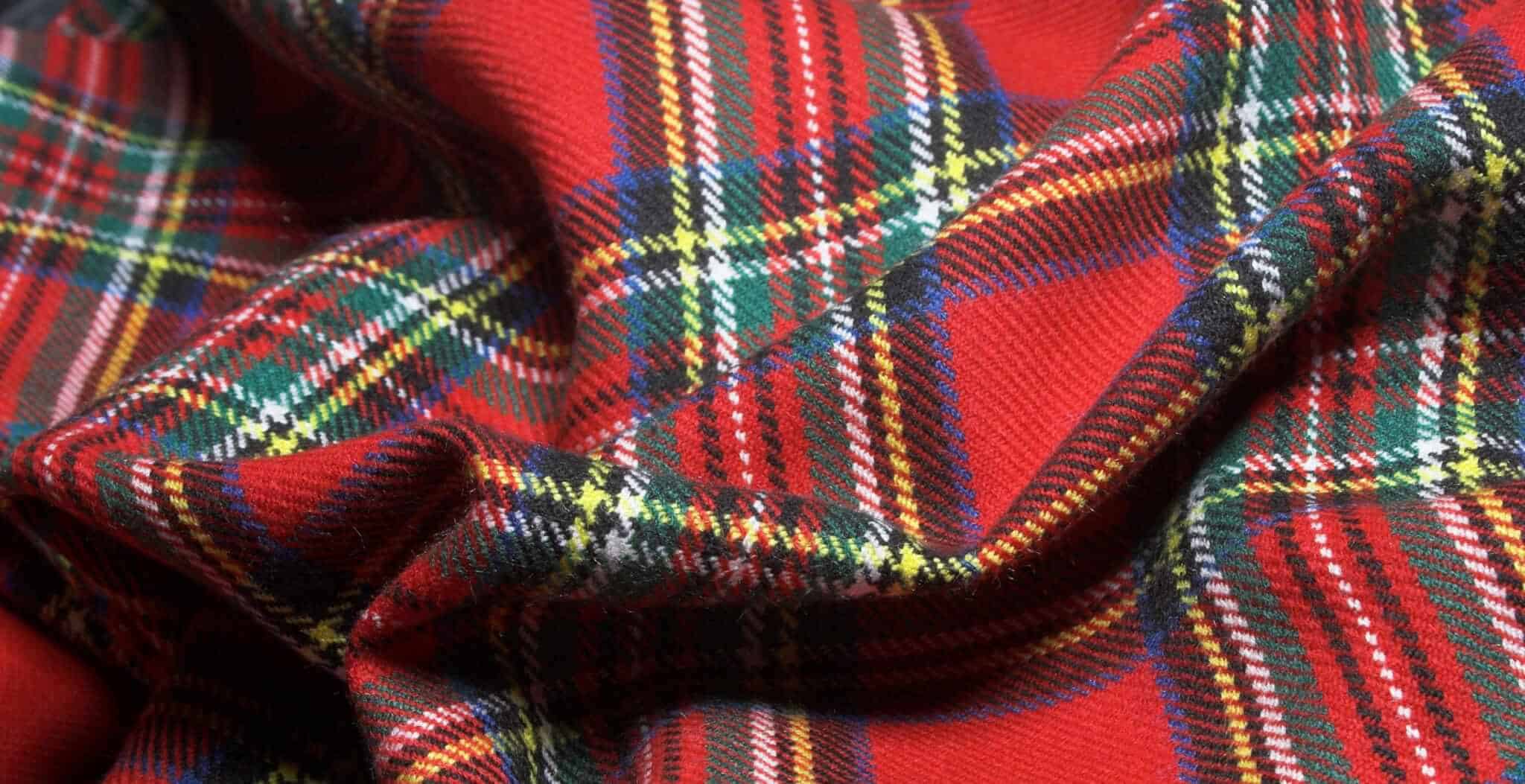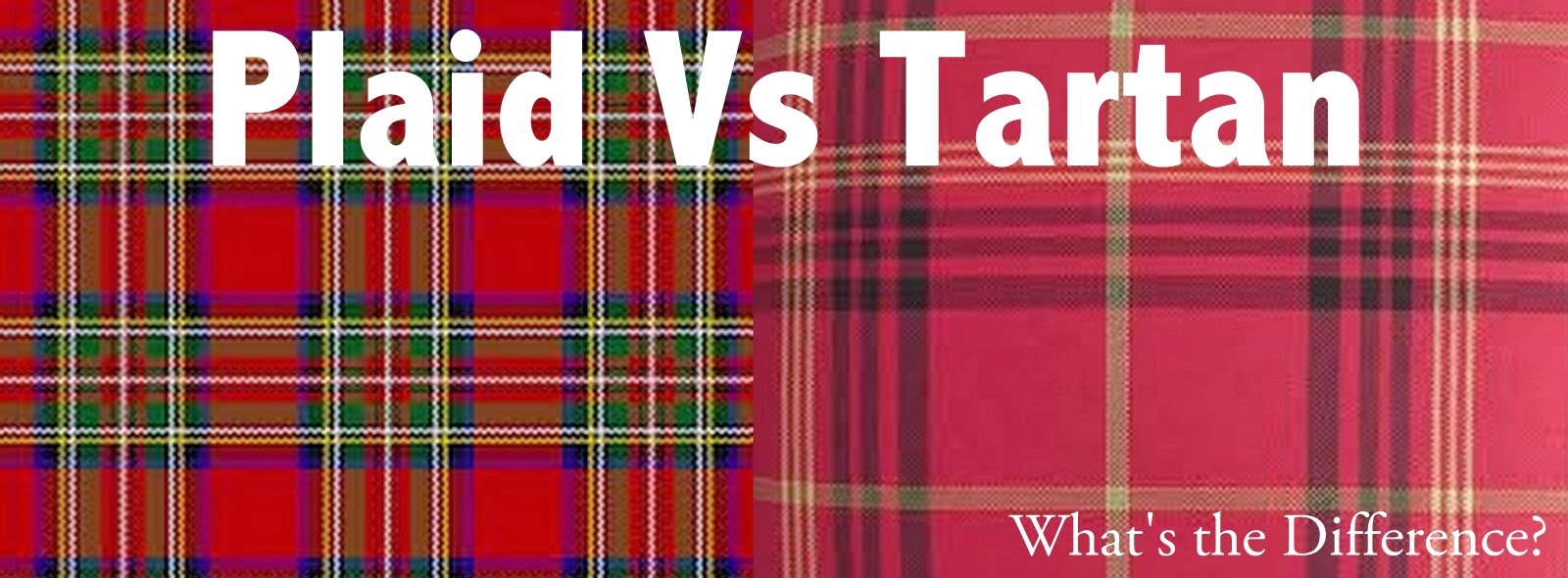Historical Significance of Tartan

Tartan meaning – Tartan, a distinctive woven fabric characterized by crisscrossing colored threads, holds immense historical significance in Scotland. Its origins can be traced back to the 16th century, where it was primarily used as a form of clothing for the Scottish Highlanders.
Tartan, a plaid fabric with interwoven bands of color, holds cultural significance in various regions. Its patterns often symbolize clans or families. In the realm of decision-making, the chevron decision presents a unique approach. Like the intricate threads of tartan, this decision-making framework employs a zigzag pattern, enabling individuals to navigate complex choices by breaking them down into smaller, manageable steps.
As with tartan’s rich history, the chevron decision method provides a structured and effective approach to unraveling complex dilemmas.
Tartan played a crucial role in clan identification. Each clan adopted a unique tartan pattern, which became a symbol of their shared ancestry and heritage. The colors and patterns of the tartan often reflected the clan’s geographical location and history.
The word “tartan” has a long and storied history, dating back to the 16th century. The term is derived from the Gaelic word “tarsainn,” meaning “across.” Tartans are traditionally made of wool and are woven in a variety of colors and patterns.
Each clan or family has its own unique tartan, which is worn as a symbol of pride and identity. In recent news, the Supreme Court has overruled the Chevron doctrine , which had given deference to agencies’ interpretations of ambiguous statutes.
This decision has significant implications for the balance of power between the courts and the executive branch. However, the meaning of tartan remains unchanged, representing the rich cultural heritage of Scotland.
Famous Tartans and Their Significance
- Royal Stewart Tartan: Associated with the Royal House of Stewart, this tartan is characterized by its red, blue, and green stripes. It is often worn by members of the British royal family.
- Black Watch Tartan: Originally worn by the Black Watch regiment of the British Army, this tartan features a black and green pattern. It has become a popular tartan for military and civilian use.
- Clan Campbell Tartan: Known for its red and black checks, this tartan is associated with Clan Campbell, one of the most prominent clans in Scottish history.
Cultural Symbolism and Meaning: Tartan Meaning

Tartan patterns and colors hold deep symbolic meanings, representing clans, regions, and personal traits. Each clan has its distinctive tartan, often reflecting their ancestral lands and history.
For example, the Royal Stewart tartan, with its intricate red, blue, and green checks, symbolizes the Scottish monarchy. The Black Watch tartan, featuring a bold black and green pattern, represents the legendary Scottish regiment of the same name.
Tartan in Traditional Scottish Dress
Tartan has been an integral part of traditional Scottish attire for centuries. Kilts, skirts, and other garments adorned with clan tartans were worn by Highlanders as a symbol of their identity and heritage.
Over time, tartan has evolved in its use, becoming a fashion statement beyond Scotland. Designers have incorporated tartan patterns into contemporary clothing, accessories, and home décor, adding a touch of Scottish flair to modern aesthetics.
Weaving Techniques and Patterns

Tartan fabric is woven using traditional methods that have been passed down through generations. The intricate patterns and colors of tartan are created by interlacing different colored threads in a specific order. The most common type of tartan weave is the plain weave, which creates a simple checkerboard pattern. Other types of tartan weaves include the twill weave, which creates a diagonal pattern, and the overcheck weave, which creates a larger-scale checkered pattern.
Sett
The sett of a tartan is the basic unit of its pattern. It is typically made up of four to eight threads of each color, and it is repeated throughout the fabric. The sett size determines the scale of the tartan pattern, with smaller setts creating finer patterns and larger setts creating bolder patterns.
Overcheck
An overcheck is a type of tartan pattern that is created by weaving two or more different tartans together. The overcheck pattern is typically larger than the sett of either of the individual tartans, and it can create a variety of different effects, depending on the colors and patterns of the tartans used.
Twill, Tartan meaning
A twill weave is a type of tartan weave that creates a diagonal pattern. Twill weaves are often used to create more complex and sophisticated tartan patterns, and they can be used to create a variety of different effects, depending on the angle of the twill and the colors of the threads used.
Tartan, a distinctive pattern of criss-crossing lines, holds a rich history. Its origins lie in the highlands of Scotland, where it was traditionally worn as a symbol of clan identity. Tartan patterns, each with a unique design , have evolved over centuries, becoming an iconic symbol of Scottish heritage.
The colors and patterns of tartan continue to captivate, representing not only a cultural legacy but also a sense of pride and belonging.
Tartan, a traditional Scottish plaid, symbolizes clan identity and pride. Its intricate patterns are often associated with specific families and regions. Similarly, in the realm of heraldry, the chevron overturned, a V-shaped symbol, holds significant meaning. Chevron overturned meaning can indicate ambition, striving, and a willingness to overcome obstacles.
Like the vibrant colors of tartan, the chevron overturned adds a layer of depth and symbolism to its surroundings, whether in a coat of arms or a piece of jewelry.
Tartan, a distinctive patterned fabric, symbolizes cultural identity and heritage. Its interwoven threads represent a tapestry of tradition. Similarly, in the legal realm, the concept of stare decisis weaves a fabric of precedent, ensuring consistency in legal interpretation. Just as tartan patterns connect us to our past, stare decisis preserves the integrity of our legal system, guiding future decisions based on established principles.